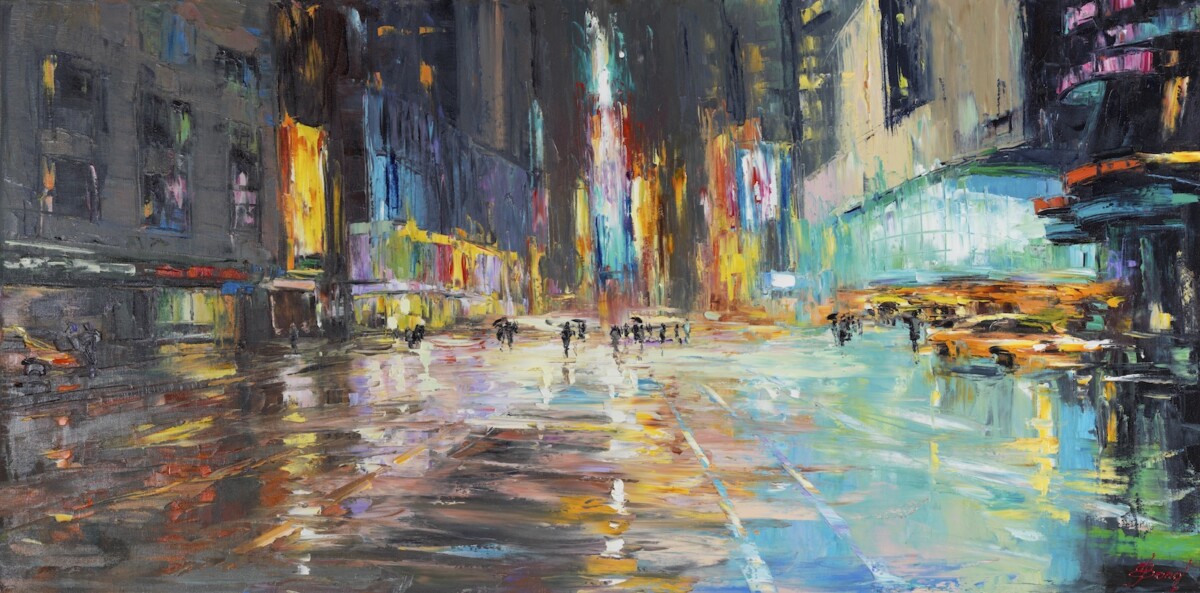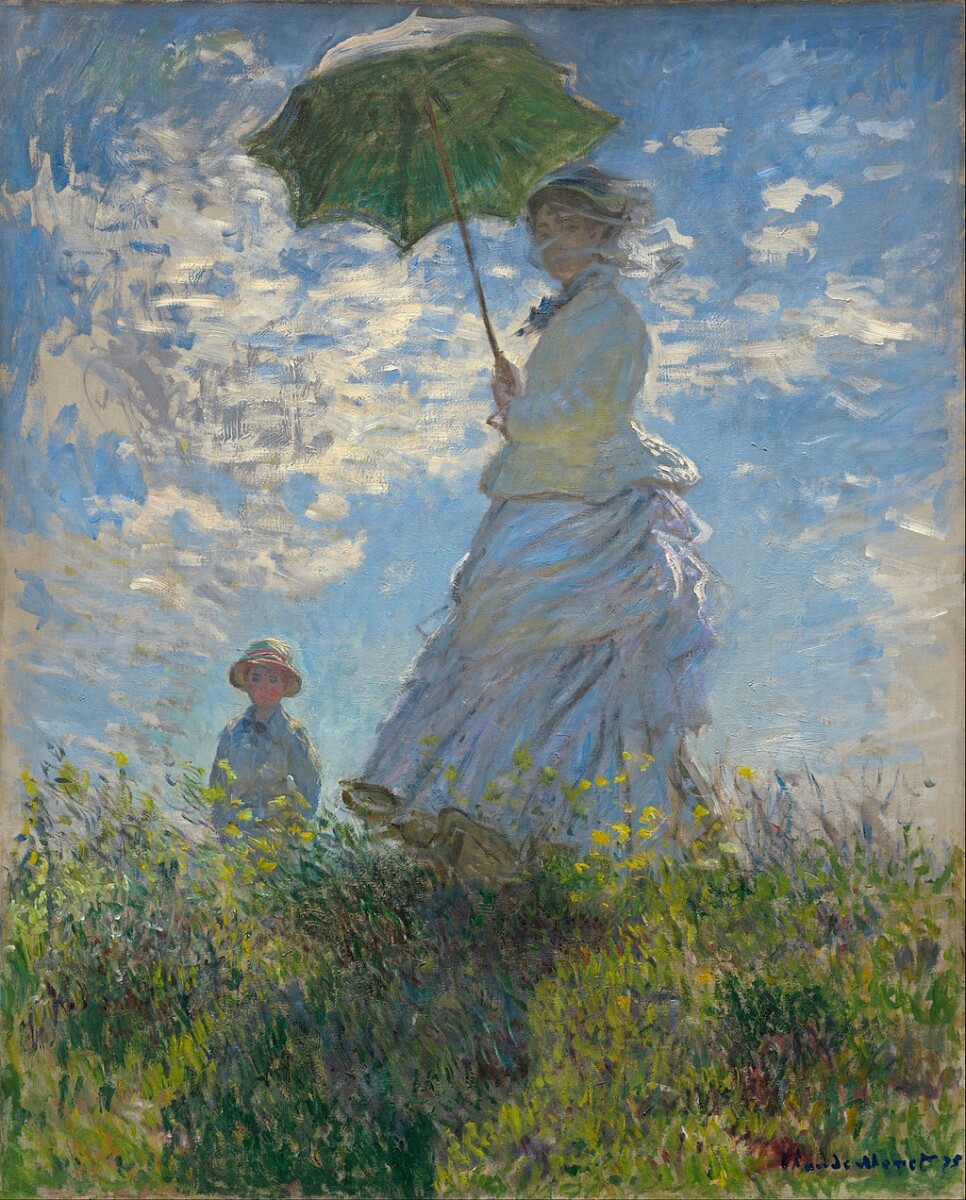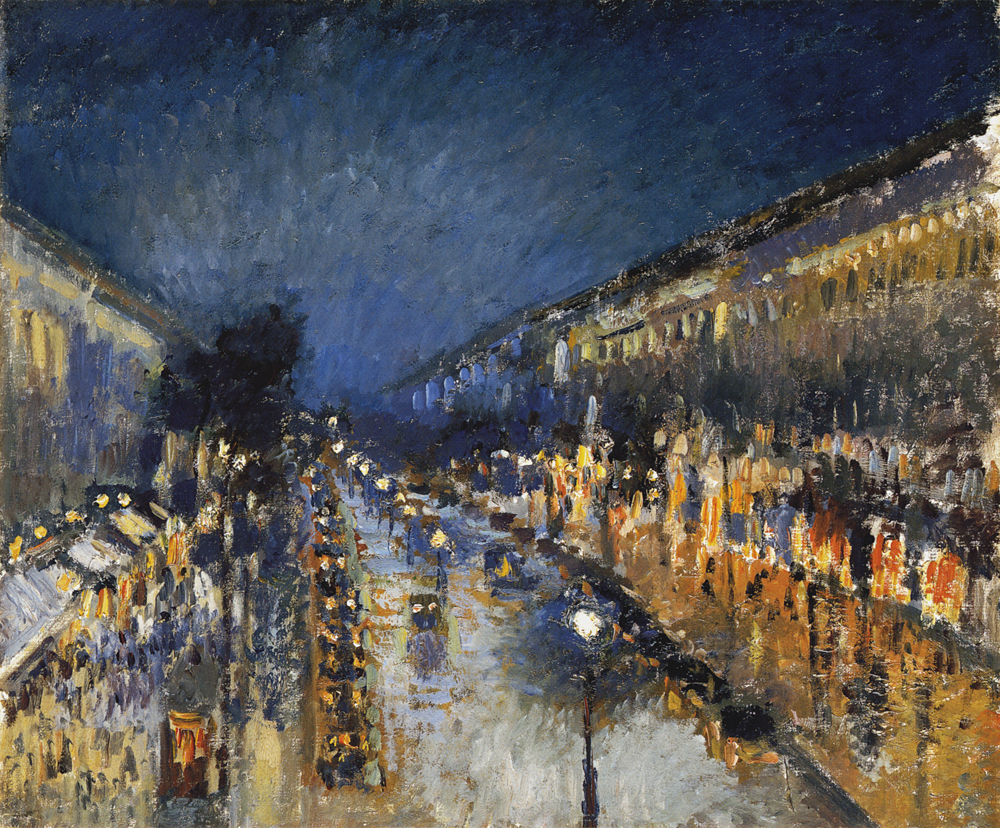Knowing what kind of art you are looking at can make a big difference when you are a collector. If you are working on adding Impressionist pieces to your collection, you need to know how to define and recognize this kind of art style when compared to other forms of painting. This can help you to be a more avid and interested collector, and it can also help you to understand what is special about the Impressionist movement in all of its forms.
Impressionism has occupied a unique and special place in the history of art, and it has provided the impetus to allow art to move past simple portrait-making or landscapes into more emotional and moving pieces. Impressionist art continues to have an impact on the art world even today, and there are new forms of Impressionism that combine other art techniques with the components of Impressionism to create incredible works of emotion and color.
Knowing more about the difference between Impressionism and other styles of art is important if you want to seek these kinds of pieces for your home or office space.
Some Background on Impressionism Art
To understand some of what makes Impressionism different from other forms of art, you need to know more about the history of the Impressionist movement. This painting style emerged in France in the mid-to-late 19th century. The style was incredibly unique compared to what was currently en vogue at the time, and it immediately got art collectors and critics talking. Most painters at the time were working at the behest of patrons and had to create lots of portraits and still-life-style works for these benefactors who paid their bills.
Impressionism was interested in the movement, the lighting, and the emotion of a scene. It did not seek to create exact replicas of the things that were being recorded and instead used more free-from brush strokes, brighter colors, and a sense of motion that had not been allowed in painting before. This was also a very revolutionary painting style because its subjects were not wealthy patrons who were paying for the painter to make their likenesses or boring still-life studies and landscapes.
Impressionism was art for the people and about the people, and this made it a completely new expression of painting when compared with other styles that had been popular up to that point. Many highly beloved works of art prior to the Impressionist movement were portrait pieces. Being free to paint everyday people, common and otherwise unremarkable subject matter allowed painters to explore new ways of creating art for the first time in many generations.

Why is Impressionism Different Than Other Painting Styles?
There are many things about Impressionist works that are quite unique when compared to other painting styles. These different identifying traits are actually quite easy to recognize once you are aware of them. Knowing which features make a painting an Impressionist work can help you to find art that you are more attracted to. It can also help you to be sure that you are shopping for the right kind of paintings if you want to add Impressionist works to your collection specifically.
Impressionism is actually quite recognizable once you know what to look for, and you will realize that your brain and eye had already started to identify these facets of Impressionist works before you knew more about these kinds of pieces. Being sure that you can recognize this style of art is easy when you know what the common stylistic choices are within the style itself.
In Impressionist Style Painting, Small, Visible Brushstrokes Are Used
Prior to the Impressionist movement, many painting styles worked hard to conceal the brushstrokes from view and to bring the subject to the forefront instead. Since high accuracy was also popular, brushstrokes that were obvious would have ruined the nearly photographic quality of the works that were being created.
One of the key facets of Impressionism is small, visible, and sometimes seemingly messy brushstrokes. Some painters who work in this style don’t even use a paintbrush and instead apply the paint to their canvas with a painting knife. This leads to a much more visible paint stroke and a sense of dimension that is not present in paintings that use other techniques.
This painting style also affords Impressionist painters the chance to make really unique choices with regard to the layering of color. An Impressionist painting can make use of layers of paint on top of layers of paint in ways that other kinds of painted art cannot. This is part of what makes it feel like leaves and flower petals are dancing in the wind or that the fence in the foreground is completely tangible. This kind of brushstroke is key to the Impressionist painting style and something that is very different from other painting methods and styles.

In Impressionist Style Art, The Subject Matter’s Shape Is Rarely In Sharp Relief
One of the key aspects of Impressionism is that the form of the subject matter is rarely in any kind of sharp relief. You will notice that these paintings offer the suggestion and the shapes of the subject matter without clearly defining their edges or their shape on the canvas. The focus of Impressionism is the color, movement, and feeling of a subject rather than its actual shape.
There are many famous Impressionist works that show the barest hint of buildings, boats, people, and more, yet the person looking at the painting can immediately tell just what is going on in the painting. This was one of the key projects of the early Impressionist movement, and the artists who first worked in this style wanted to prove that the light, the essence, and the feeling of a scene could be communicated without rigid lines and harsh shadows.
Modern Impressionists also adhere to this facet of Impressionist works in most cases. You might see some modern Impressionist works that do show the complete subject matter with clarity, but the sense of light, motion, or time of day will not be pushed behind the beauty of the totality of the atmosphere of the scene. This is one of the key places where this kind of painting differs from so many other kinds of artwork, and you should be on the lookout for this when shopping for Impressionist art.

Black Paint Is Never Used In Impressionist Artwork
There is never any use of black paint in Impressionist works. This means that the shadows or darker spaces within the subject are not given much attention. This creates a sense of lightness, and even paintings that are meant to depict nighttime scenes do not have black paint in them so that the sense of movement and joy is not smothered out of the painting.
Having less focus on shadow means that the form of the things in the scene that is being painted is softer and less intense, which makes the sum total of the piece much more visible. Impressionist pieces will not draw your eye to one specific element in the piece and will instead invite your eye to see the total of the image all at once. This is how you get to enjoy the sense of motion and color in these works without having your eye drawn to specific places within the painting.
If you think about portrait-style paintings, you will notice immediately how much dark space is in these works. The contrast that is necessary to provide a high degree of accuracy in painting means that there are many areas where black or very dark paint is needed. Some portraits, like the Mona Lisa, even have a very dark background that is featureless, with the subject of the work seemingly suspended against this dark background. This is one of the key elements where Impressionism is much different from other art forms and a place where you can put your focus when you are identifying painting styles.
Colors In Impressionist Art Are Not Too Blended
One of the key aspects of Impressionism that can be easy to identify with a more attentive eye is that the colors in these works are not blended much, if at all. Many other painting styles require that all of the paints be blended to create subtle shades on the canvas. In classic portrait-making, there are layers of paint applied to the canvas to eventually create the shades that are needed to generate an accurate image.
In Impressionism, the focus on color has a lot to do with the light on the subject matter. This means that the paint that is applied to the canvas is usually daubed on alongside other shaded areas without blending. There are whole and real colors on the canvas, or an entire swath of pastels might be used instead. This is part of what makes the forms of the subject matter softer and less defined, and it is also what allows the subject matter to be so focused on art and feeling.
When you are looking at types of painting, if you can see the various layers of color and identify them as unique shades without blending, then the work is likely Impressionist in nature. This is easiest to see in paintings that have been created without a brush and with the use of a knife, but you can still see this unblended paint in works that are created with a brush if you are paying attention.
Some modern Impressionist painters are not as literal about this part of the Impressionist painting style and might use some shading where other impressionists will not. However, nearly any modern Impressionist painter will still rely much less on blended colors to capture the image they wish to paint.

Natural Light May Be Seen In Every Facet Of Impressionist Painting
All Impressionist pieces are made with eye-to-light exposure. Most Impressionist painters are eager to make the natural light the sole area of focus of the work that they are creating. In fact, you will not usually see any kind of indoor scene in an Impressionist work because the natural light is so stifled when inside and painting objects that might be exposed to less natural sources of light.
This was a big departure from portrait painting and still-life works, where the lighting would have been provided by candles, lamps, and later gaslighting. Natural light is a key aspect of the subject matter of Impressionist pieces. Even works that are meant to depict nighttime scenes are still created with fidelity to the natural nighttime light that is present in the scene.
Natural light should be evident in every aspect of an Impressionist piece, and modern Impressionists also follow this rule to the letter in most cases. This is why most Impressionist pieces are going to be focused on outdoor scenery, people working or playing outdoors, and so forth. This is one of the key things to look for when trying to identify Impressionist works, and you can use this tip when looking at modern pieces as well.

Impressionism Art is Highly Recognizable When you Know What to Look For
If you have been struggling to figure out what Impressionist art pieces look like, you just need to learn to look for the factors that are listed in this guide. Knowing what to look for when shopping for Impressionism is actually really easy, and you will be able to immediately recognize these factors in the works of art that you are shopping for. You don’t need an art critic’s eye to see how unique Impressionism is when compared to other art styles.
There are so many lovely features of Impressionist pieces, from the color choices to the sense of emotion and light, to the lack of stark shadowing and shading. So many Impressionist pieces offer a sense of clear emotion and light that can make your home or business feel open, airy, and inviting. Impressionism in the new era is not that much different from the classic works that you might be more familiar with, and you will see immediately that modern painters are keeping to the traditions of the movement with a few modern twists.

